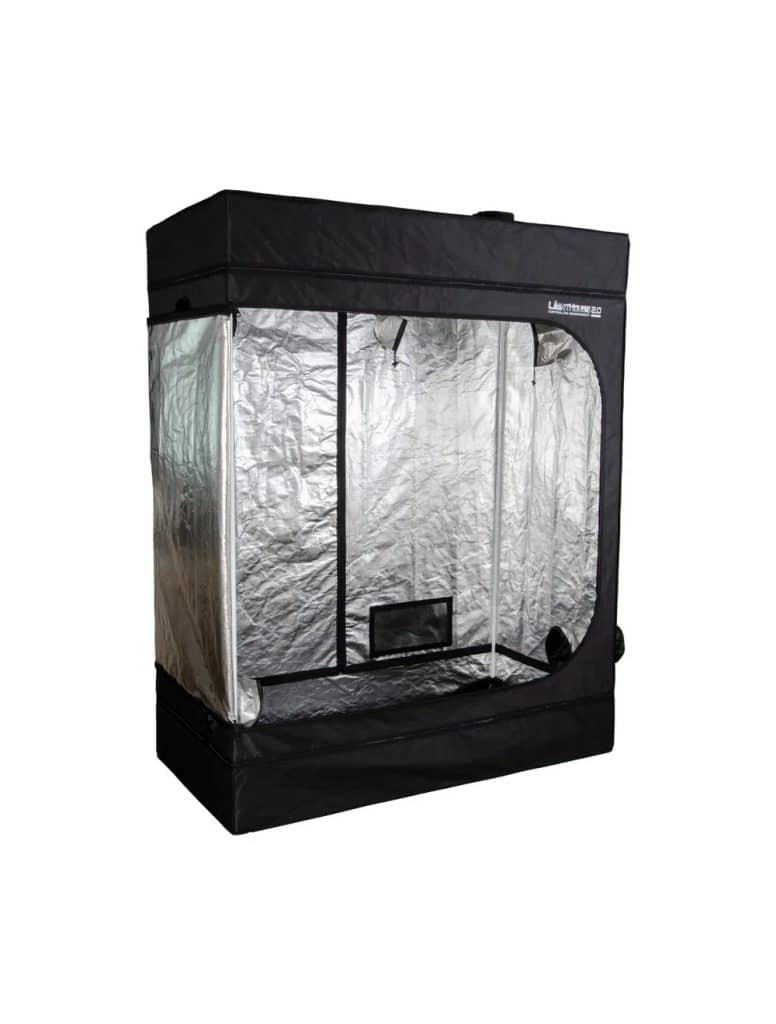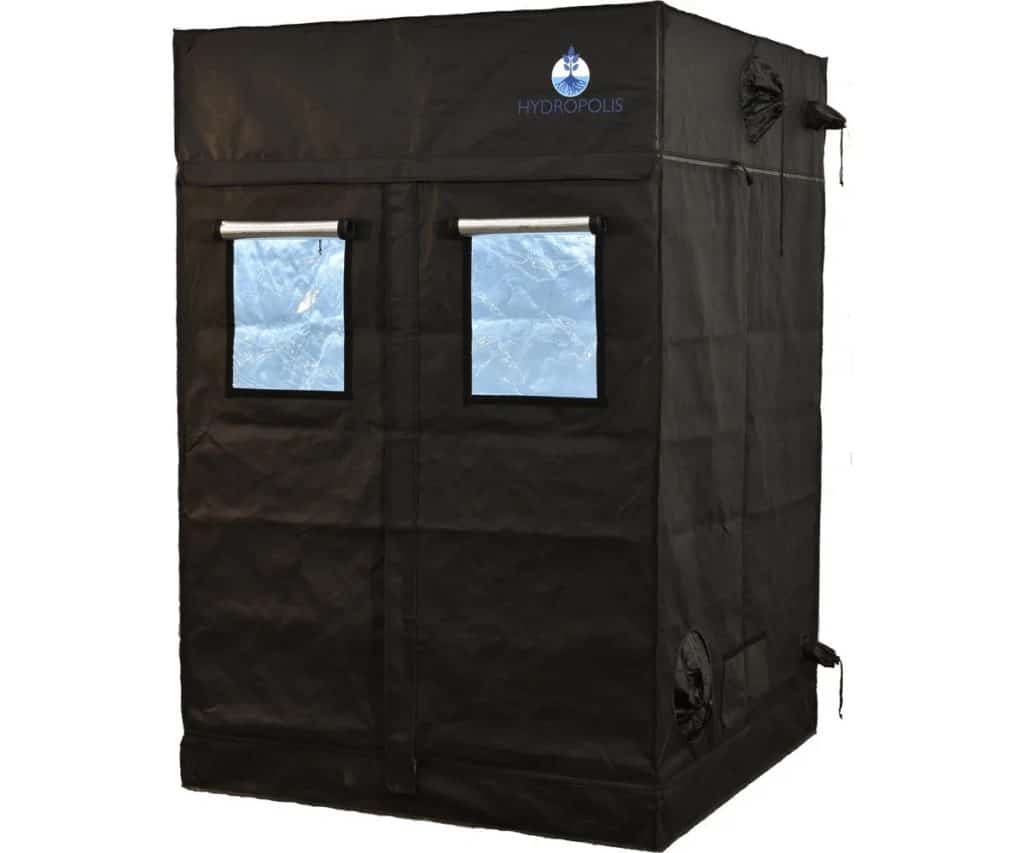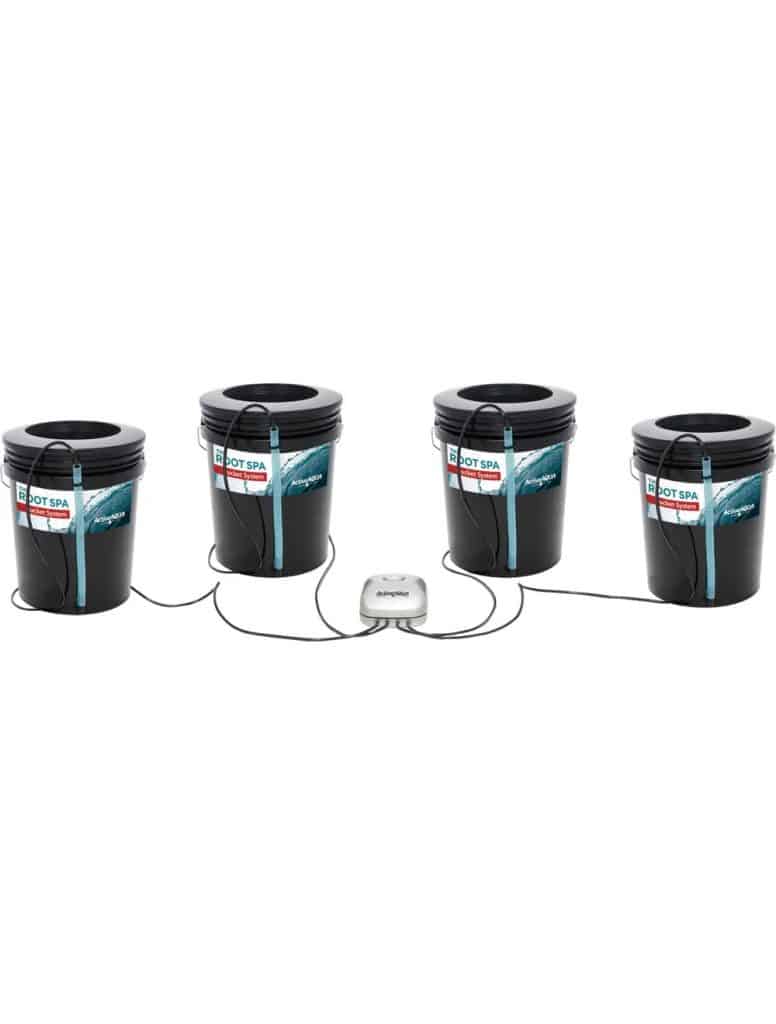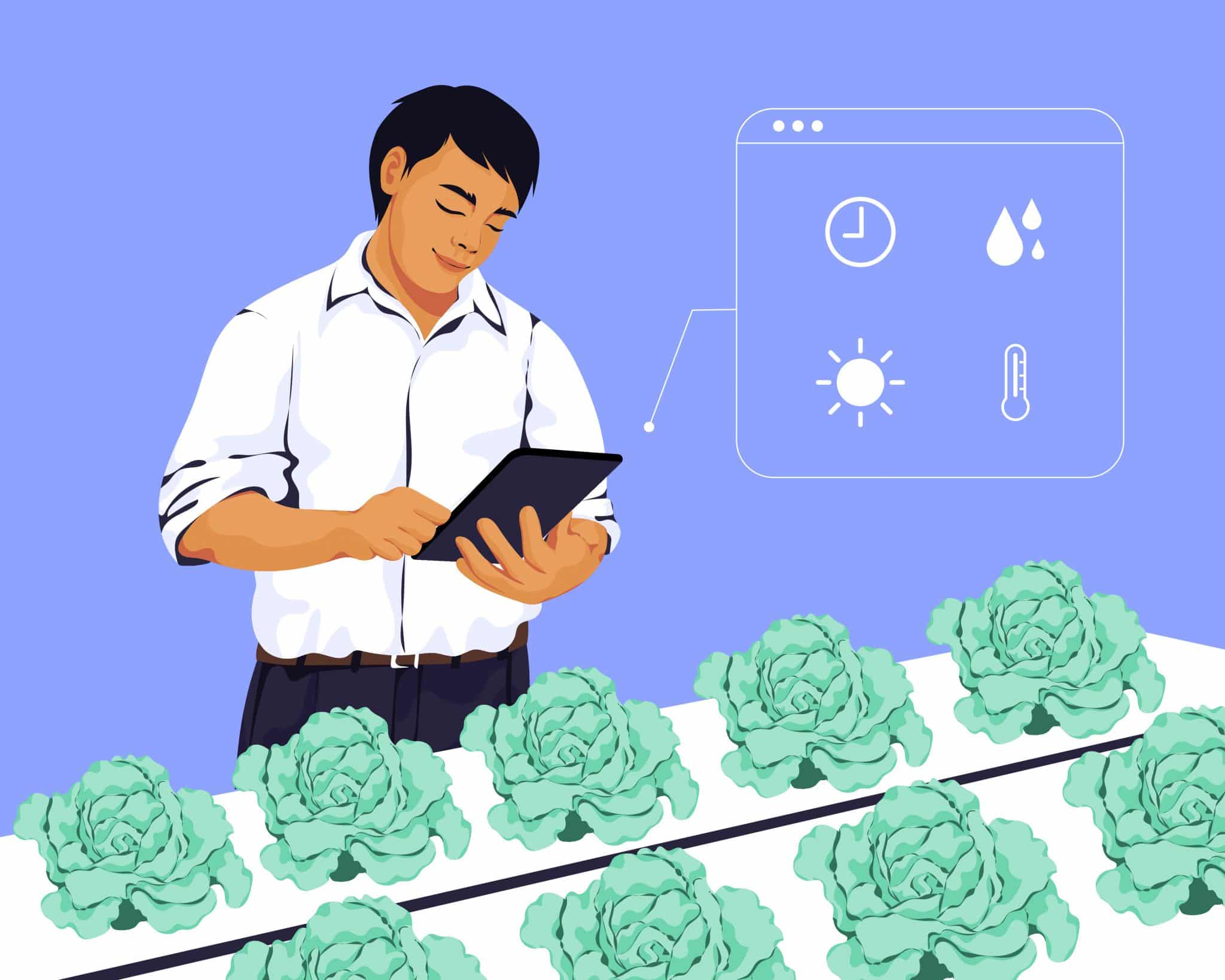Indoor hydroponic gardens produce great yields but can be costly to maintain. They require grow lights, humidifiers, air conditioners, and other climate control features that can raise monthly bills. That’s why many gardeners are turning to outdoor hydroponics instead.
Growing plants on an outdoor hydroponic system are more efficient than soil-based gardens, but more affordable to manage than indoor hydroponic systems. They offer a perfect balance of nutrients but take advantage of natural sunlight to eliminate the costs associated with specialized grow lights.
Since hydroponic systems (indoor and outdoor) require no weeding and are much less prone to insect damage than traditional gardening, they can be scaled up easily as growers gain experience.
Below are 10 tips from our GrowPros on optimizing your outdoor hydroponic garden efforts.
10 Tips for Maximum Yields in Outdoor Hydroponic Gardens
Want to jump on board with this new outdoor hydroponics gardening trend? Don’t start buying plants or seeds just yet. Below are 10 tips for maximum yields first for outdoor hydroponic gardening best practices.
Tip #1. Build Your Hydroponic Gardening System Outside During the Day
Arguably the best benefit to outdoor hydroponic systems is that they don’t require any type of grow lights. Instead, the plants can receive the light they need to photosynthesize and grow from the sun. It’s essential to choose a location for the hydroponic garden that takes full advantage of natural sunlight to maximize yields.
Here are some tips on scouting outdoor locations for hydroponic gardens
Choose a Spot with Southern Exposure for Your Outdoor Hydroponic Garden
When determining the area for an outdoor hydroponic garden, always pick a spot with southern sun exposure — especially if it operates year-round. During the late fall through the early spring, the sun travels closer to the horizon, so a south-facing slope will get far more light than a north-facing slope, or even flat land.
Ensure No Outdoor Elements Shade the Hydroponic Garden
Trees, buildings, or other structures shouldn’t cover outdoor hydroponic gardens as the shade can disrupt the climate conditions. Since the shade cools down certain spots, it can make the grow tent too cold for outdoor hydroponic plants. Make sure to take down overhanging branches and nearby trees before setting them up, especially those to the south of the garden.
Tip #2. Maintain Cool Water Temperature for Ideal Growing Climates
Keeping the water reservoir cool throughout the hottest months of summer will prevent wilting, reduce evaporation, and ensure maximum growth. This is especially important for growers living in areas with hotter climates. The combination of direct sunlight, heat, and the lack of an enclosed space can lead to high water bills — and cooling the water is the easiest way to avoid this problem.
There are a few easy ways to keep the water temperature cool in an outdoor hydroponic garden. Growers looking for a low-maintenance solution can buy a water chiller designed for hydroponic growing. This is the most expensive option but also the most effective.
Growers working on a budget can also do the following with their reservoirs to maintain cool water temperatures:
- Partially bury reservoirs in the ground to insulate them
- Place them in shady spots away from direct sunlight on the north side of the garden
- Toss frozen water bottles in the reservoir during hot days to keep plants cool
- Add cold water to the tank periodically — but this will alter the PH and EC of the water, requiring more frequent pH adjustments
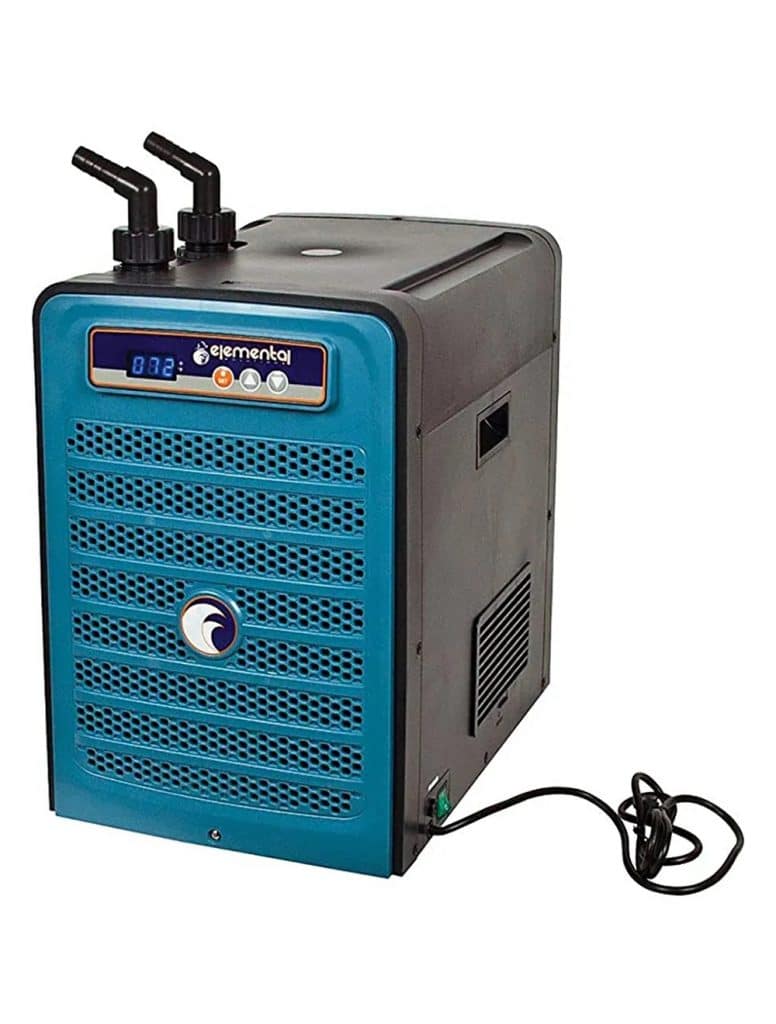
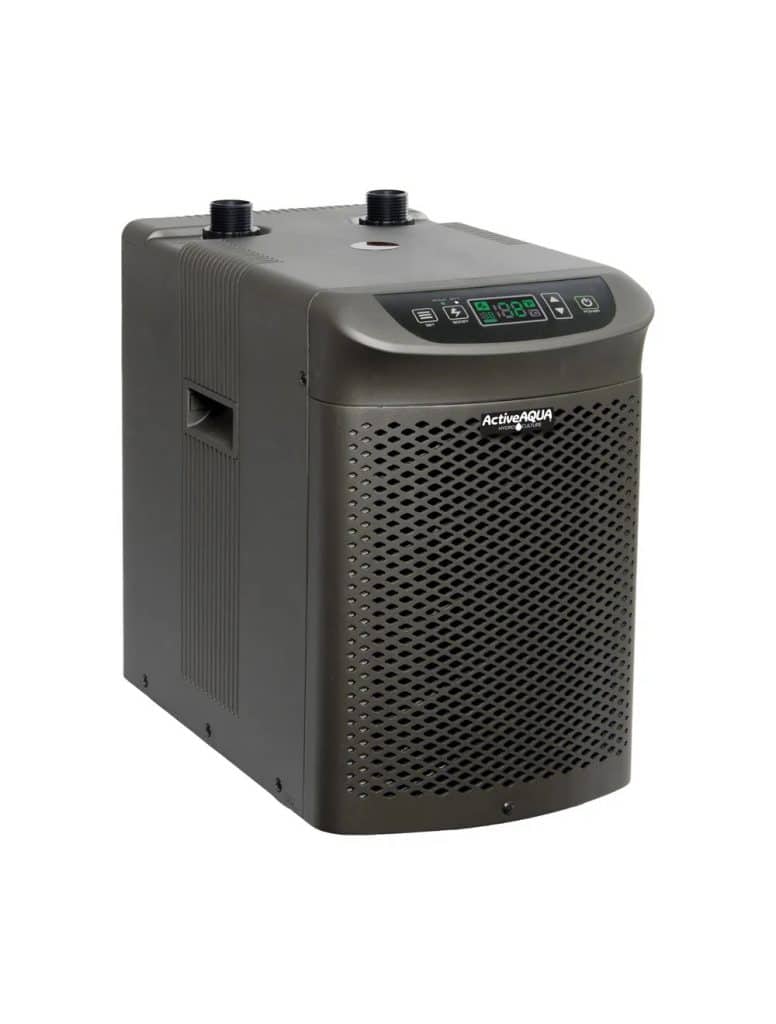
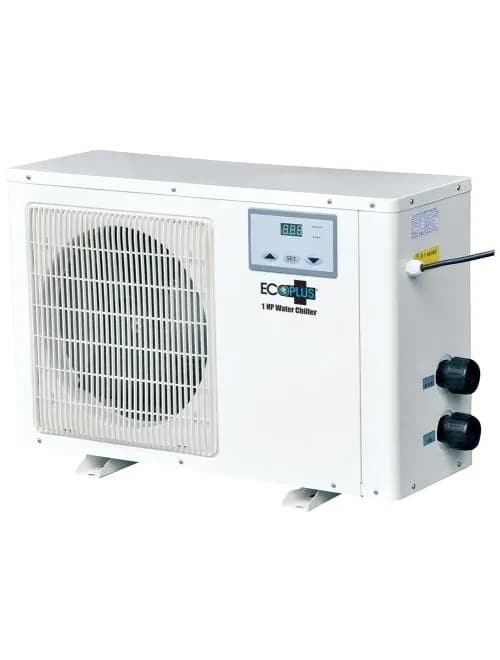
Tip #3. Lower the Electrical Conductivity (EC) for Plant Nutrient Uptake
Plants need more water during summer, so growers must lower the EC of their nutrient solutions to make it easier to absorb through an EC meter.
Plants in the vegetative stage should have an EC of around 1.3, as higher nutrient level concentrations can restrict growth. The EC may need to be slightly higher during the flowering and fruiting stages.
Outdoor hydroponic growers should pay careful attention to their plants, especially during the flowering and fruiting stages. If the concentration is too high in a nutrient solution, it can cause nutrient burn.
In contrast, if the hydroponic nutrients are too low, it can cause nutrient deficiency. Look for common signs of this problem, like browning leaves, and add more water as needed to alleviate plant stress.
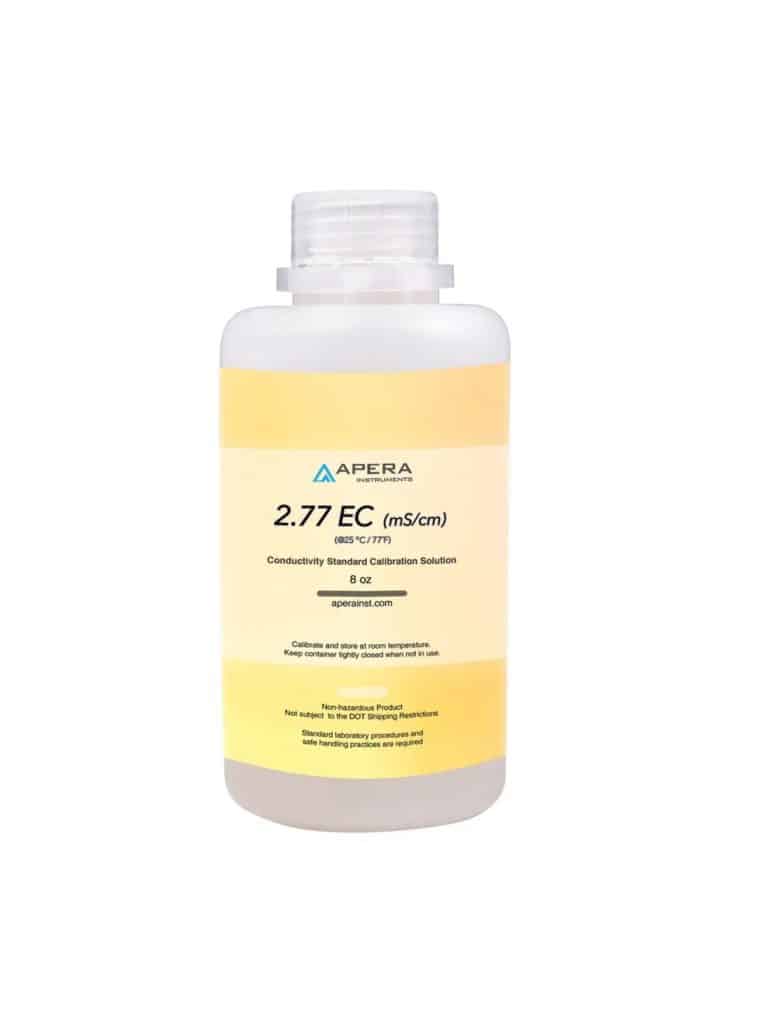

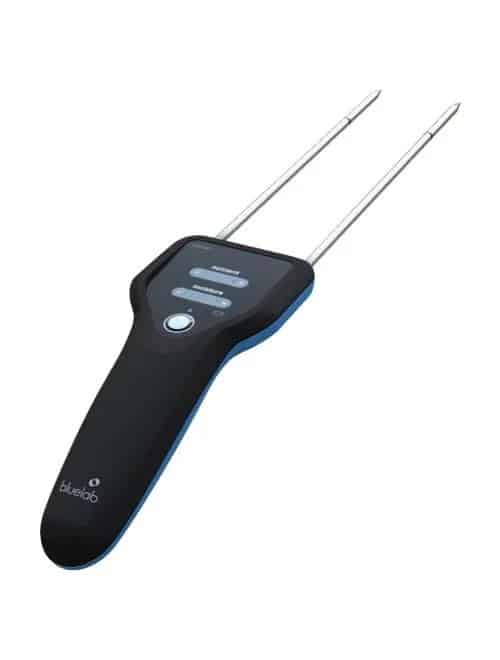
Tip #4. Prepare Plants for the Outdoor Heat
Heat stress can stunt plant growth and reduce yields, but a few preventative steps can be taken to avoid this. Cooling the water can help, but growers should take additional steps, such as adding humic acid and liquid kelp to their nutrient solutions early in the season to prepare plants for hotter climates.
Humic acid and kelp stimulate root growth and make it easier for plants to absorb the water they need to perform evapotranspiration and keep themselves cool on hot days. The extra nutrients also strengthen the plants, making them less susceptible to cell damage from heat stress and direct sunlight.
Apply the humic acid and kelp in a 5:2 ratio during the spring as a preventative against heat stress later in the hotter seasons.
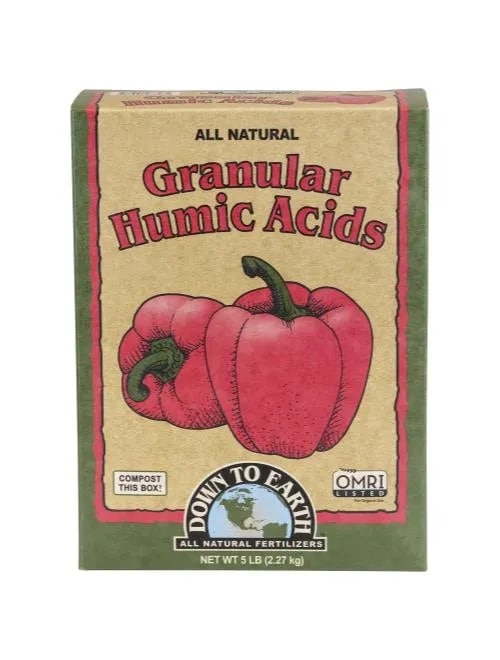
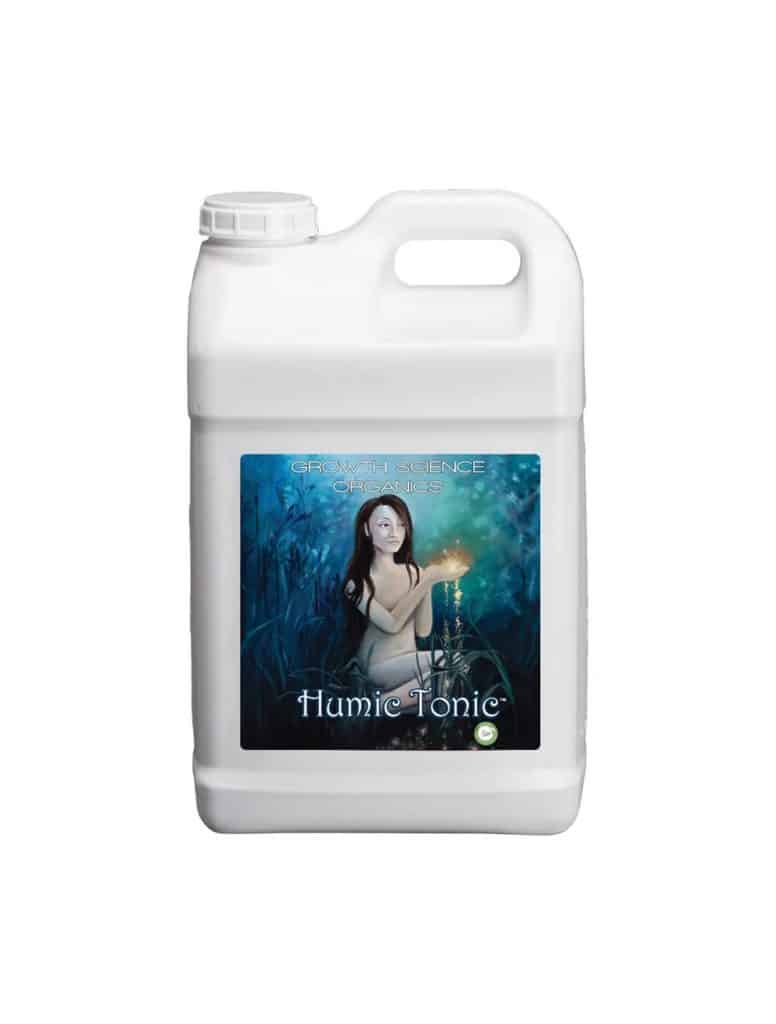
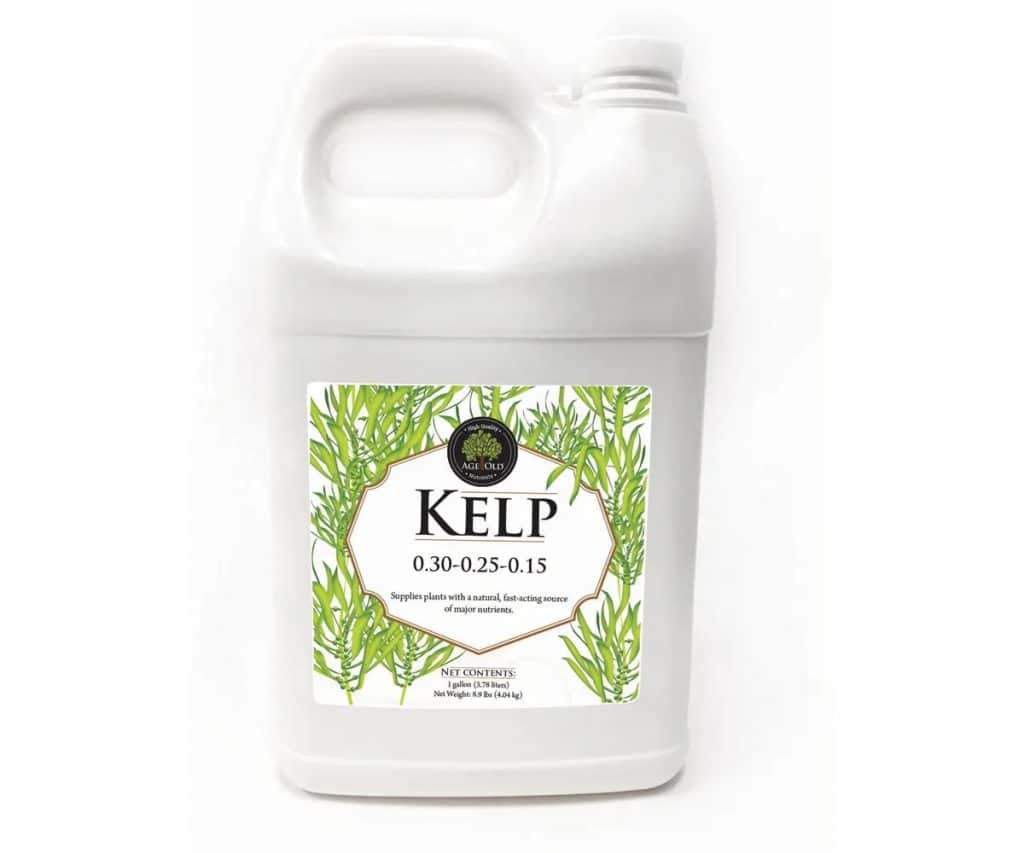
Tip #5. Ensure Proper Airflow to Prevent Overheating and High Humidity
Sufficient air movement is provided to outdoor hydroponic gardens through natural breezes. Outdoor airflow is critical to helping hydroponic plants keep their stomata open.
Plants use their stomata to:
- release excess water to keep themselves cool
- absorb carbon dioxide (CO2) to facilitate photosynthesis
- release oxygen as a byproduct
When plants are stressed by stifling heat or lack of water, they may close their stomata to retain moisture. But a cool outdoor breeze helps prevent plant stress and keeps their stomata open.
Starting a hydroponic garden outdoors must be set up in an area with airflow to ensure that water vapor can evaporate easily off plants’ leaves.
However, heavy winds can also damage plants. The ideal outdoor hydroponic garden location has gentle breezes but has protection against strong winds.
Tip #6. Deter Outdoor Pests for Optimal Plant Health
The best way to deter pests from an outdoor hydroponic garden is to ensure the plants have everything they need to stay healthy and strong. This includes plenty of nutrients, a constant water supply, and sometimes extra calcium. Calcium helps plants build stronger cell walls to keep pests from munching on their leaves, stems, fruit, and flowers.
Even healthy plants may not be able to withstand serious insect infestations. In this case, gardeners must use insecticides or other products to deter pests. Aim for the least-toxic approach and start with insect and plant disease control sprays. Then introduce the plants to beneficial bacterial inoculants and only use toxic insecticides to control serious infestations.
Tip #7. Choose the Right Hydroponic Growing System for Outdoors
There are many types of hydroponic systems, but they’re not all ideal for outdoor setups. Avoid a deep water culture system, which won’t be as able to withstand temperature fluctuations and more ideal for indoor hydroponics. Top feed, aeroponics, or flood-and-drain systems are better for outdoor hydroponics.
Growers with limited outdoor space may want to consider vertical hydroponic systems. They have smaller footprints on the ground and allow gardeners to grow more plants — making vertical hydroponic systems perfect for rooftop gardens and small yards.
Tip #8. Invest in UV-Protected Equipment to Prevent Damage
Not all hydroponic equipment is designed for outdoor use, including UV exposure and inclement weather. The hydroponic system can degrade if growers don’t protect their outdoor gardens from harsh outdoor elements.
When applicable, gardeners can construct outbuildings to protect critical system components that don’t need to be located directly next to the plants. They should also invest in UV-protected grow containers and buy hydroponic equipment that can withstand the elements.
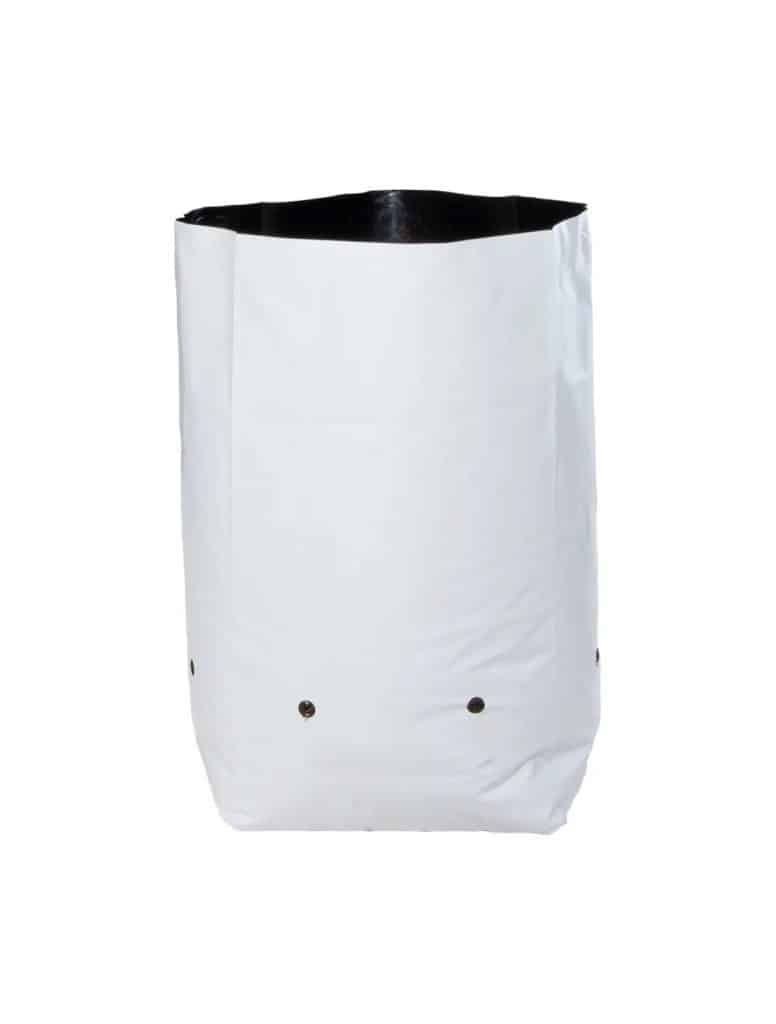
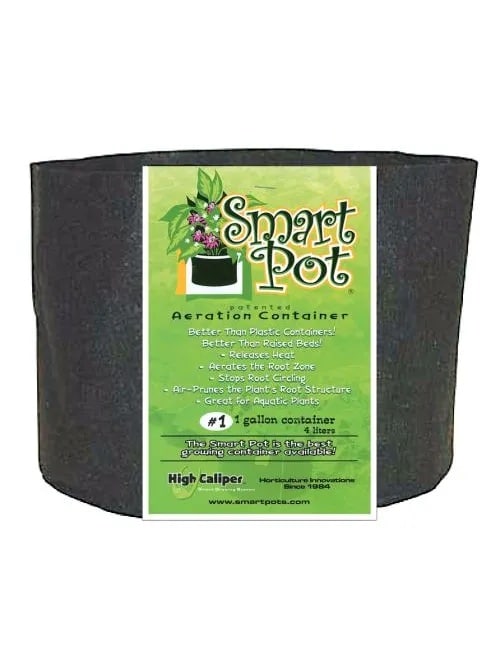
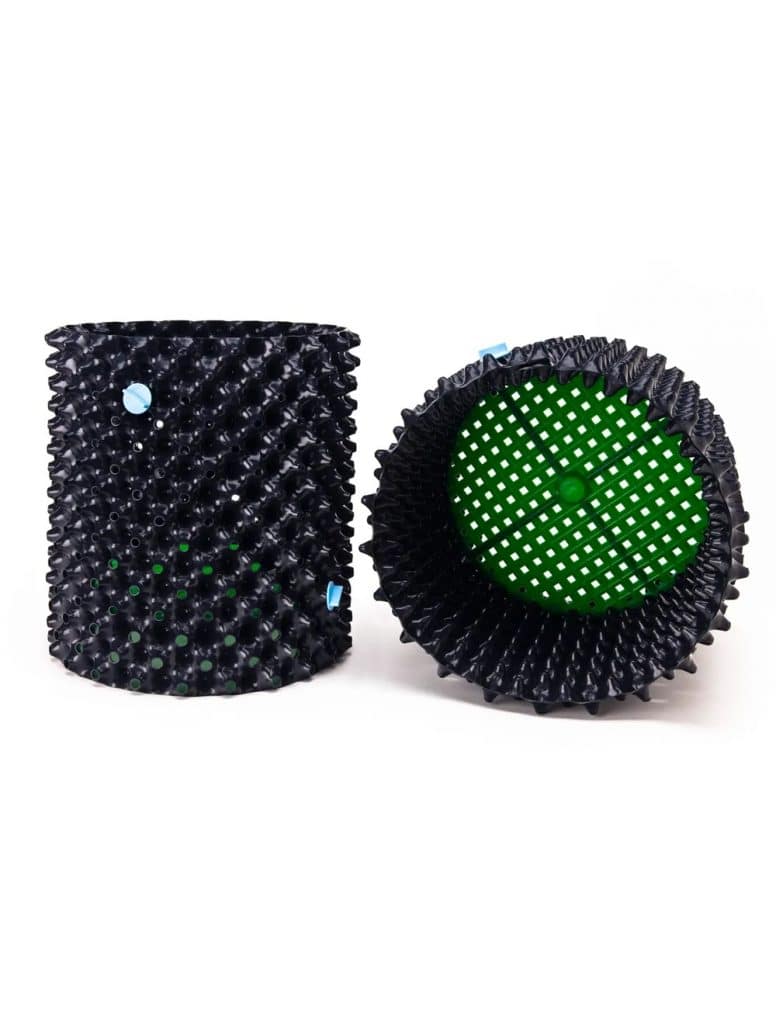
Tip #9. Monitor Outdoor Hydroponic Plants Closely
All gardens, whether hydroponic or soil-based, indoor or outdoor, should be monitored closely to ensure that the plants get everything they need. Since outdoor hydroponic gardens can produce crops three to four times faster than soil-based gardens, growers must be particularly careful.
Factors like extreme outdoor temperatures, improper nutrient concentrations, and insect attacks can stunt plants’ growth and decrease yields — and must be resolved as soon as it occurs.
Tip #10. Start with a Simple Outdoor Hydroponic Garden
New hydroponic growers should start with small, simple setups that can be scaled up easily as they gain experience. After gaining experience, growers can begin scaling their operations up and investing in grow automation supplies such as grow light controllers, water timers, climate controllers, and other equipment to automate garden labor and increase yields.
Maximize Yields for Your Outdoor Hydroponic Garden Today
Outdoor hydroponics offers the best of both worlds. Growing hydroponic crops in a well-maintained system produces larger yields in shorter periods than soil-based crops. Outdoor hydroponic gardens also require fewer external inputs than indoor hydroponic setups.
If outdoor hydroponic growers conduct preliminary research, purchase products from reputable suppliers, and closely monitor plants, they will start seeing a great return on investment.
Ready to maximize yields for your outdoor hydroponic garden? Shop hydroponic supplies, outdoor grow tents, or talk to a GrowPro today at (800) 935-8420 for help!
